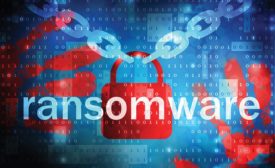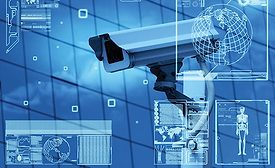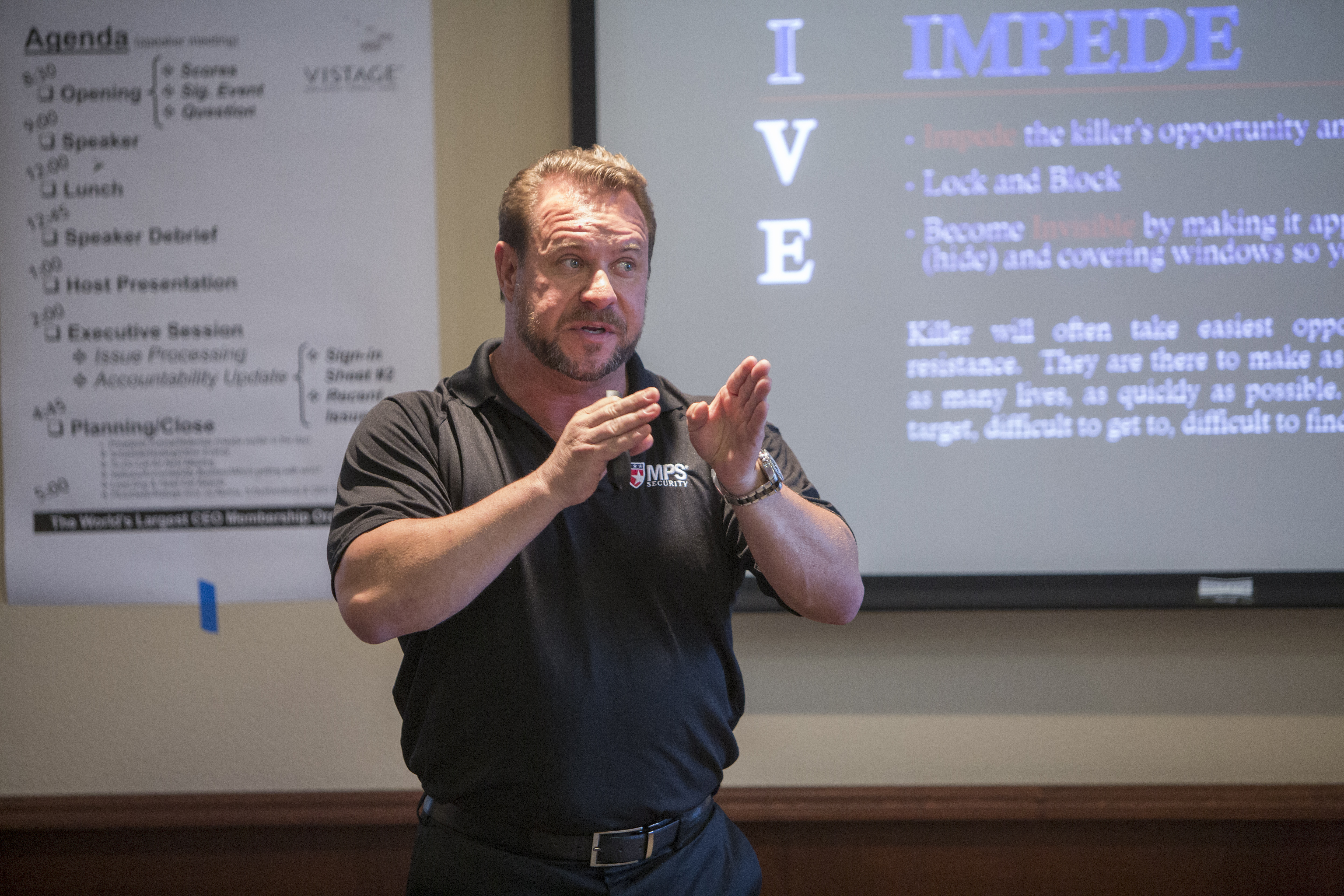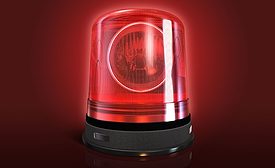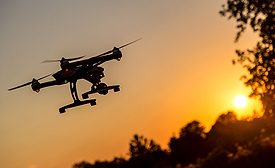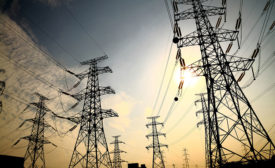Featured on Home Page
Using A.L.I.V.E. to Stay Alive During an Active Shooter Event
It is crucial to know what to do in an active shooter situation.
February 18, 2018
Mitigating the Insider Threat: Boeing's Successful Approach
Why you need an insider threat program, and 10 steps to help you to establish one
February 1, 2018
Sign-up to receive top management & result-driven techniques in the industry.
Join over 20,000+ industry leaders who receive our premium content.
SIGN UP TODAY!Copyright ©2024. All Rights Reserved BNP Media.
Design, CMS, Hosting & Web Development :: ePublishing
